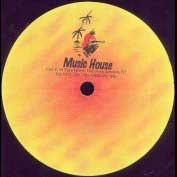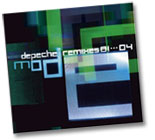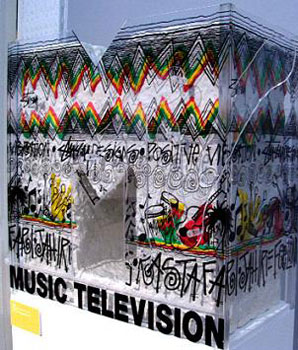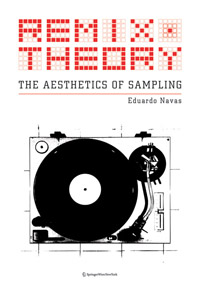WHAT COMES AFTER REMIX? by Lev Manovich

Mixmaster Mike- photo by Chris Taylor
Image source: Virtual DJ
Text source: Manovich.netÂ
winter 2007
It is a truism today that we live in a “remix culture.” Today, many of cultural and lifestyle arenas – music, fashion, design, art, web applications, user created media, food – are governed by remixes, fusions, collages, or mash-ups. If post-modernism defined 1980s, remix definitely dominates 2000s, and it will probably continue to rule the next decade as well. (For an expanding resource on remix culture, visit remixtheory.net by Eduardo Navas.) Here are just a few examples of how remix continues to expand. In his 2004/2005-winter collection John Galliano (a fashion designer for the house of Dior) mixed vagabond look, Yemenite traditions, East-European motifs, and other sources that he collects during his extensive travels around the world. DJ Spooky created a feature-length remix of D.W. Griffith’s 1912 “Birth of a Nation” which he appropriately named “Rebirth of a Nation.” In April 2006 Annenberg Center at University of Southern California ran a two-day conference on “Networked Politics” which had sessions and presentations about a variety of remix cultures on the Web: political remix videos, anime music videos, machinima, alternative news, infrastructure hacks.[1] In addition to these cultures that remix media content, we also have a growing number of software applications that remix data – so called software “mash-ups.” Wikipedia defines a mash-up as “a website or application that combines content from more than one source into an integrated experience.”[2] At the moment of this writing (February 4, 2007), the web site www.programmableweb.com listed the total of 1511 mash-ups, and it estimated that the average of 3 new mash-ups Web applications are being published every day.[3]

















